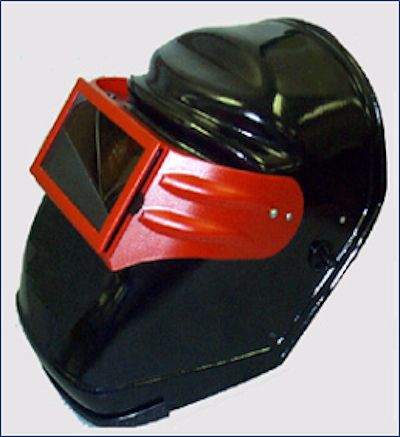Eye and Face Protection
Electromagnetic (EM) Radiation
The most familiar form of electromagnetic (EM) radiation is sunshine, which provides light and heat. Sunshine consists primarily of radiation in infrared (IR), visible, and ultraviolet (UV) frequencies. Lasers also emit EM radiation in these "optical frequencies."

Lasers
Laser stands for "Light Amplification by Stimulated Emission of Radiation." The laser produces an intense, directional beam of light. The most common cause of laser-induced tissue damage is thermal in nature, where the tissue proteins are denatured due to the temperature rise following absorption of laser energy.
Because some lasers can damage eyes and skin:
- Only qualified, trained employees can install, adjust, and operate laser equipment.
- Laser equipment operators must be able to show proof that they are qualified when they are operating laser equipment.
- Employees who work in areas where potential exposure to laser light greater than five milliwatts exists must be provided with anti-laser eye protection.
- Areas in which lasers are used must have laser warning signs.
- The laser beam must not be directed at employees.
- Laser equipment must have a label that indicates maximum output.
Knowledge Check Choose the best answer for the question.
10-5. Because some lasers can damage eyes and skin what is a requirement that helps to protect workers from lasers?
You forgot to answer the question!
